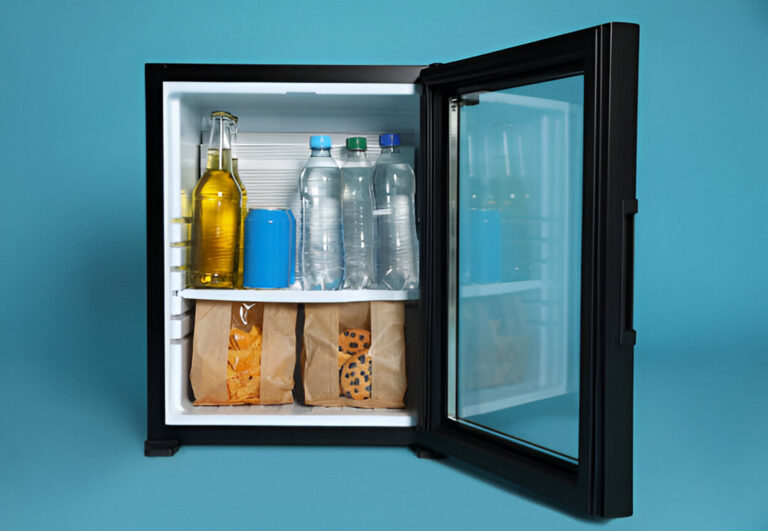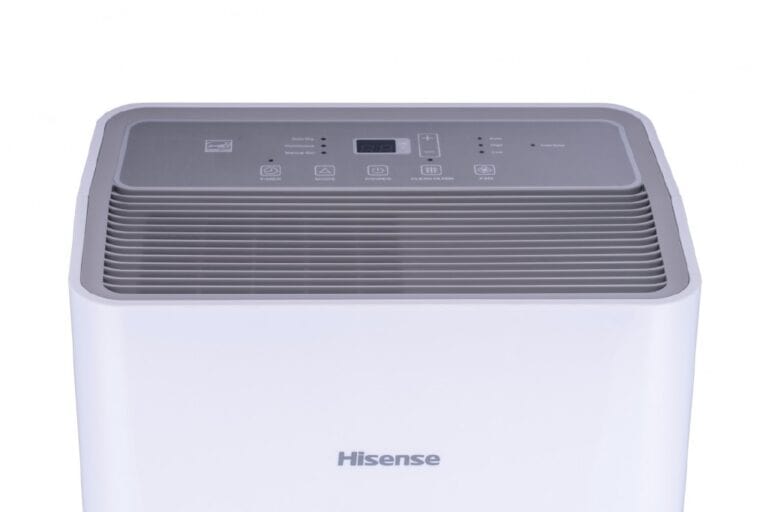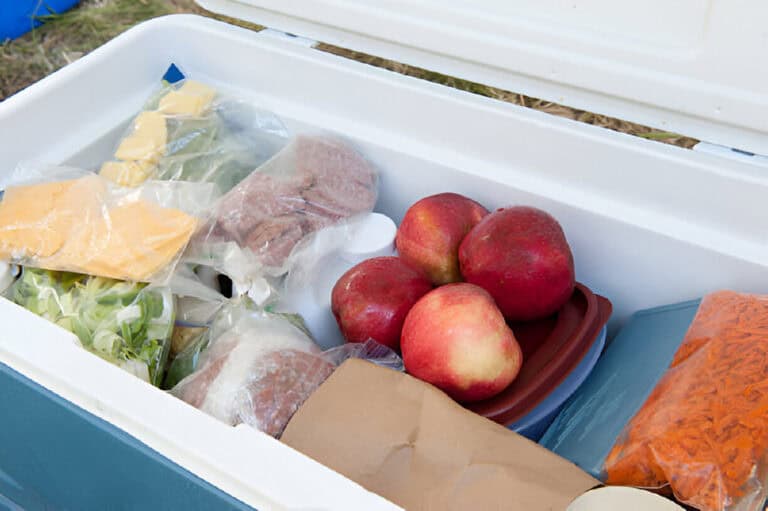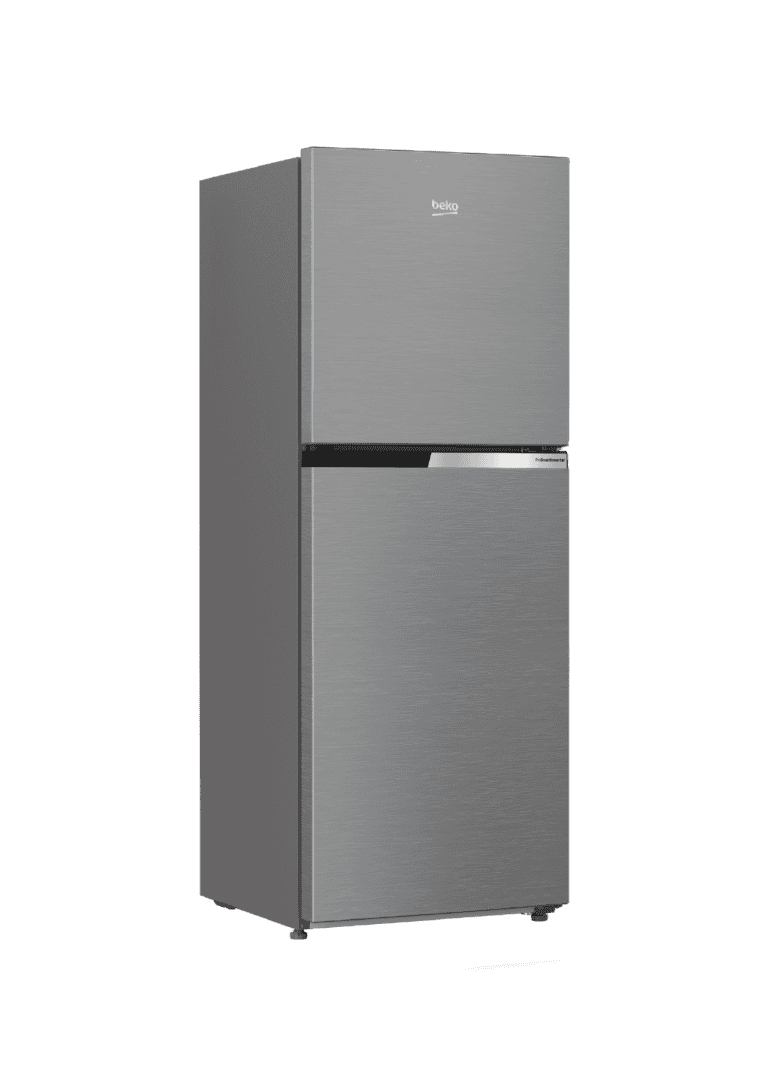Can You Safely Put Glass Containers in the Freezer? A Complete Guide
Let’s be real: We’ve all been there. You whip up a batch of your favorite soup, stew, or your perfected pasta sauce. Now, you have more leftovers than you know what to do with. Freezing seems like the obvious choice, right? But then comes the million-dollar question: Can you safely put glass containers in the freezer?
The freezer is great for preserving food and chilling drinks. But, not all glass can withstand cold temperatures.
This blog post will cover the do’s and don’ts of freezing glass. It will help you avoid potential hazards.
Can You Put Glass In The Freezer?
I’ll admit, I’ve had my fair share of kitchen blunders—some laughable, others less so. One mishap involved a glass container, a freezer, and a shattered mess. It looked like a winter wonderland gone wrong. But that experience taught me a valuable lesson, and I’m here to share my insights.
First off, the short answer is yes, you can safely put glass containers in the freezer, but with a few caveats. It’s not as straightforward as tossing any old jar or glass dish into the icy abyss and hoping for the best.
You can keep glass in the freezer. But, it must be tempered glass. It can withstand extremely cold temperatures. Not all glass containers are freezer-safe, so be cautious to avoid breakage or potential hazards.
The Science Behind Freezing Glass
Here’s where it gets a bit technical, but bear with me—it’s worth knowing. Glass is an amorphous solid, which means it doesn’t have a precise melting or freezing point. Instead, it undergoes a gradual transition from a liquid to a solid.
When you expose glass to extreme temperature changes, it can cause thermal shock. Imagine the glass getting a sudden, unwelcome shock. Like stepping from a cozy home into a blizzard without a coat. Not ideal, right?
Thermal shock happens when glass expands or contracts too quickly. It can crack the glass or even cause it to explode into shards. That’s why not all glass is created equal when it comes to freezing. Some types of glass are more durable and can withstand these changes, while others… not so much.
Choosing the Right Glass Container
Here’s where the rubber meets the road—or, more aptly, where the glass meets the ice. When freezing food in glass containers, you want to be careful about the type of glass you’re using. Here’s a quick list to guide you:
- Tempered Glass: This is your best friend in the freezer. It’s designed to handle temperature fluctuations without breaking a sweat. Most freezer-safe containers are made from tempered glass.
- Borosilicate Glass: This type of glass is known for its durability and resistance to thermal shock. It’s often used in laboratory glassware and high-quality kitchen items.
- Non-Tempered Glass: Think twice before freezing in these containers. They’re more prone to breaking under stress, which could leave you with a big mess and a freezer full of broken glass.
So, when in doubt, reach for that trusty tempered glass or borosilicate container. It’s worth investing in quality containers upfront to avoid headaches down the road.
The Dos and Don’ts of Freezing in Glass
Now that we’ve covered the basics, let’s talk about the dos and don’ts of freezing food in glass containers. I’ve learned these through a combination of research, experience, and, yes, a few unfortunate mishaps.
Dos:
- Leave Room for Expansion: Liquids expand when they freeze, so always leave some space at the top of the container. I usually stick to about an inch of headspace. It’s like giving your food a little breathing room.
- Cool Before Freezing: Never put a hot glass container directly into the freezer. Let it cool to room temperature first. Otherwise, you’re asking for thermal shock.
- Label Your Containers: This might seem like a no-brainer, but you’d be surprised how easy it is to forget what’s in the freezer. Trust me, a label with the date and contents will save you from a lot of guesswork later.
Don’ts:
- Avoid Overfilling: Resist the temptation to pack that container to the brim. Remember, liquids expand, and overfilling could lead to a messy explosion.
- Say No to Rapid Temperature Changes: Don’t transfer glass containers directly from the freezer to the microwave or oven. Let them thaw gradually in the fridge or at room temperature.
- Watch Out for Cracks: If your glass container has even the smallest crack, don’t use it in the freezer. Freezing can make those cracks worse, leading to a bigger problem.
Table: Comparing Glass Types for Freezing
| Glass Type | Freezer-Safe | Durability | Thermal Shock Resistance |
| Tempered Glass | Yes | High | High |
| Borosilicate Glass | Yes | High | High |
| Non-Tempered Glass | No | Low | Low |
This handy table should help you decide which glass is right for your freezing needs. As you can see, tempered and borosilicate glass are the clear winners here.
My Personal Experience
I’ll never forget the time I learned these lessons the hard way. I had just made a huge batch of chili—enough to feed an army or, more realistically, my family for the week. I poured the steaming hot chili into a glass container, sealed it up, and popped it straight into the freezer. You can probably guess what happened next. The next day, I opened the freezer to find a broken container, chili everywhere, and a whole lot of regret.
Since then, I’ve become a bit of a glass-freezing guru. I always let my food cool first, use the right containers, and never, ever skip the headspace. And guess what? No more broken glass, and my frozen meals stay just as delicious as when I first made them.
The Bottom Line
So, can you safely put glass containers in the freezer? Absolutely—but only if you do it right. Choose the right type of glass, follow the dos and don’ts, and you’ll be freezing like a pro in no time. It’s all about working smarter, not harder in the kitchen.
In the end, freezing in glass containers is like driving a car. You need the right vehicle (in this case, the right glass), a bit of know-how, and some caution. But once you’ve got it down, it’s smooth sailing—or should I say, smooth freezing—from there.
Final Thoughts
Next time, with a mountain of leftovers and a calling freezer, you’ll know what to do. No more second-guessing or worrying about broken glass. Just follow these tips, and you’ll be well on your way to mastering the art of freezing in glass containers.
After all, the kitchen is our domain, and with the right tools and tricks, there’s no limit to what we can do. So go ahead, freeze that soup, stash away that sauce, and enjoy the fruits of your labor without a hitch.






